Egypt New Kingdom, Dynasty XVIII
1/11
There's no tags or description
Looks like no tags are added yet.
Name | Mastery | Learn | Test | Matching | Spaced |
|---|
No study sessions yet.
12 Terms
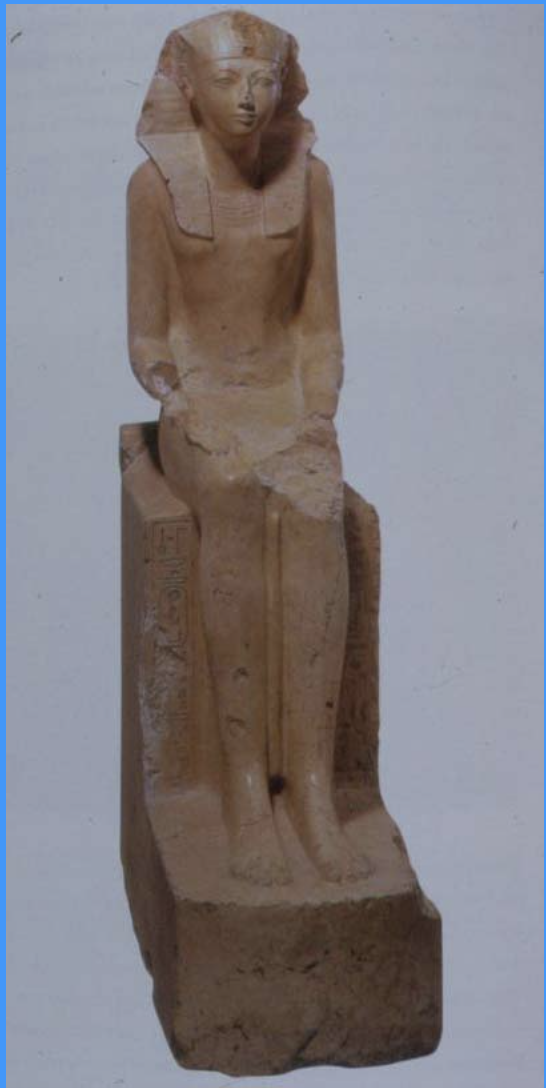
Statue of Hatshepsut from her funerary complex at Deir el-Bahari
Dynasty XVIII, ca 1460 BC.
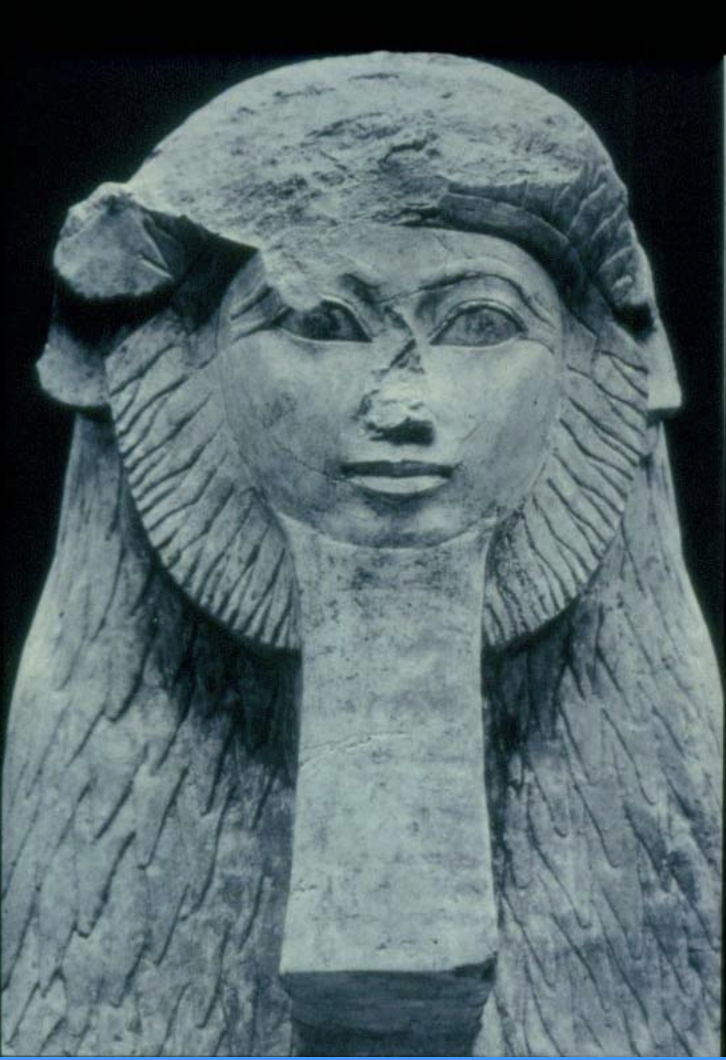
Detail of a sphinx of Hatshepsut from her funerary complex at Deir el-Bahari
dynasty XVIII, ca 1460 BC.
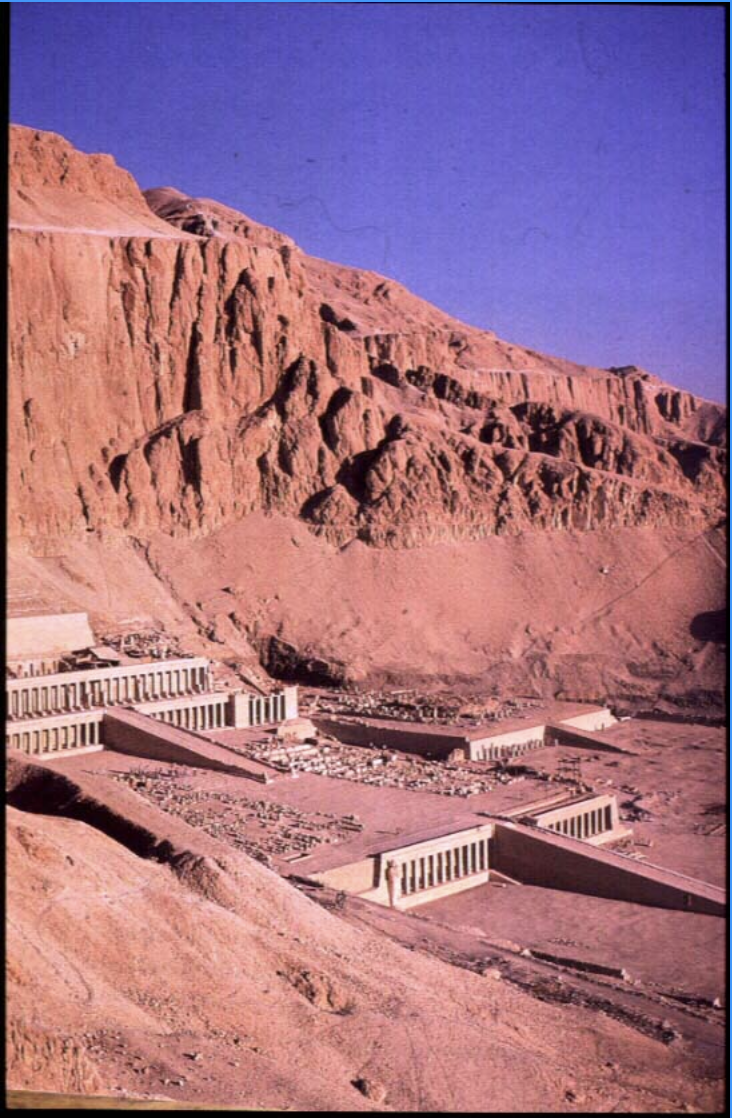
General view of the funerary complex of Hatshepsut, Deir el-Bahari.
Dynasty XVIII, ca 1460 BC.
Hatshepsut was presumably buried in one of the tombs on the other side of the mountain, in the Valley of the Kings.
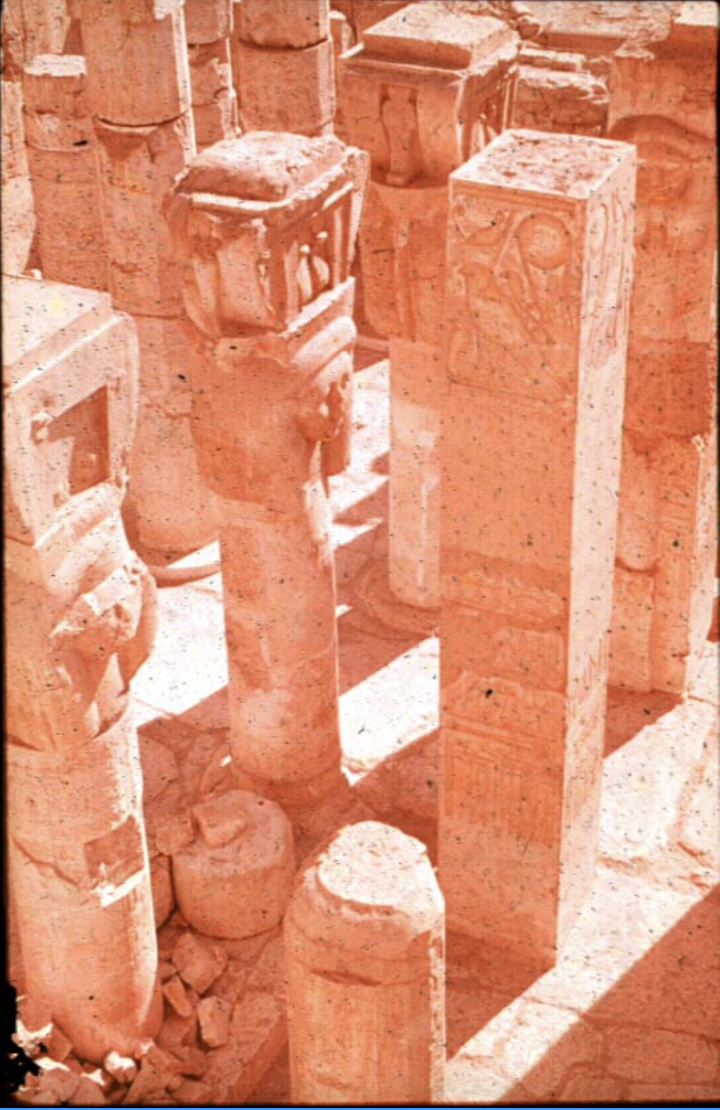
Sistrum columns with the face of Hathor
From the shrine of Hathor, funerary complex of Hatshepsut, Deir el-Bahari,
Dynasty XVIII, ca 1460 BC.
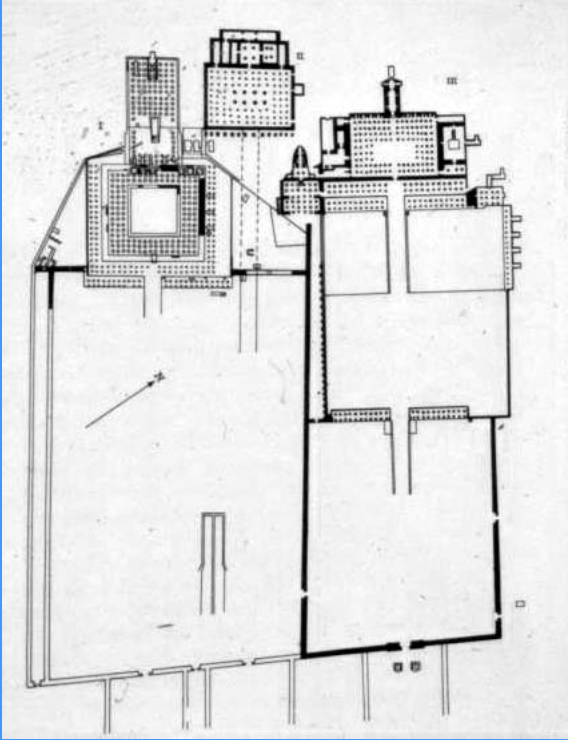
Plans of the funerary temples of Mentuhotep II (left) and Hatshepsut (right), Deir el-Bahari
Dynasties XI and XVIII respectively.
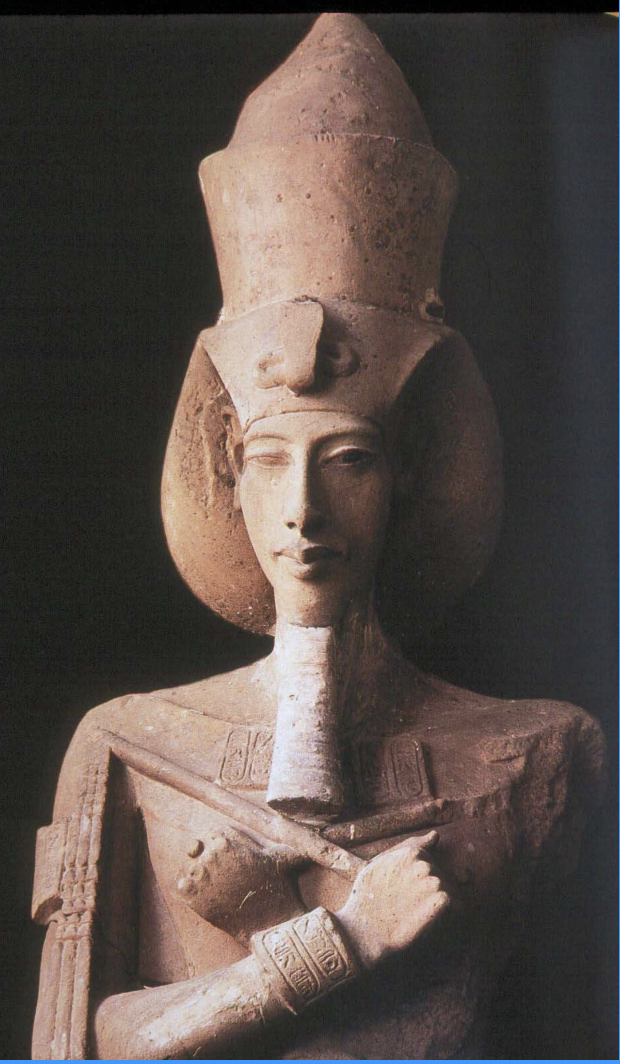
Colossal sandstone statue of Akhenaten from Karnak
Dynasty XVIII, ca 1350 BC.
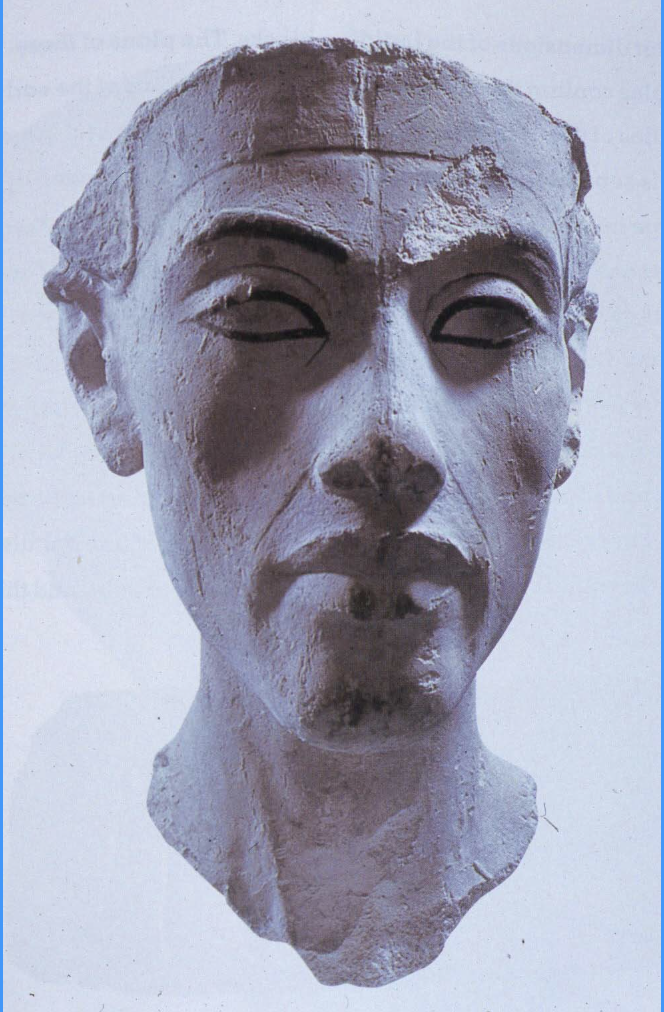
Painted plaster head of Akhenaten, from a sculptor's workshop at Akhetaten (Tell el-Amarna)
Dynasty XVIII, ca 1340 BC.
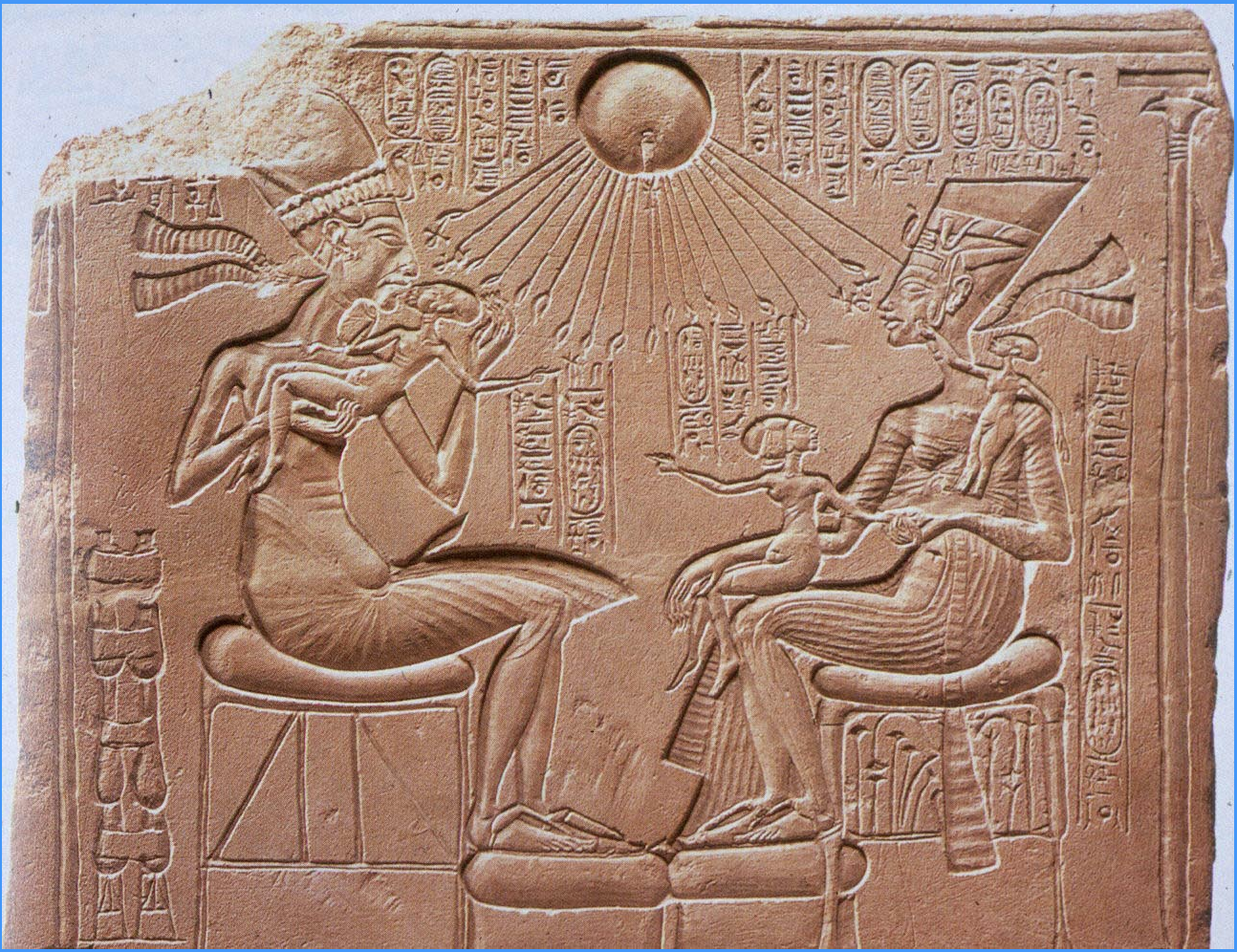
Relief from Akhetaten (Tell el-Amarna) showing Akhenaten and Nefertiti with three of their children
Dynasty XVIII, ca 1345 BC
This stele from a house shrine is sometimes referred to as the "manifesto" of the Aten cult.
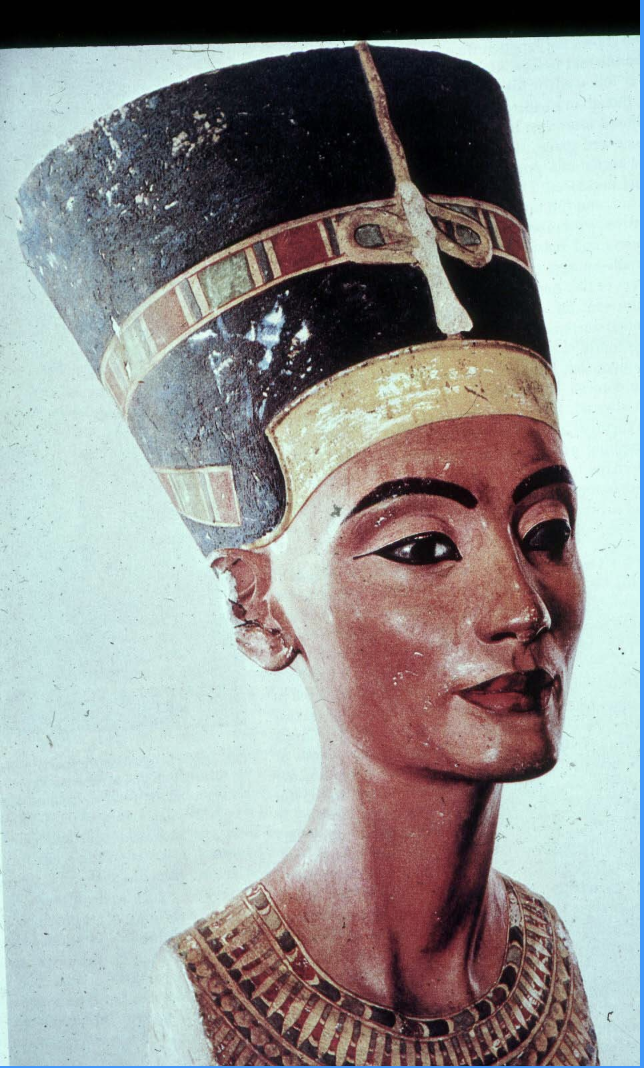
Limestone head of Queen Nefertiti, from a sculptor's workshop at Akhetaten (Tell el-Amarna)
Dynasty XVIII, ca 1350 BC.
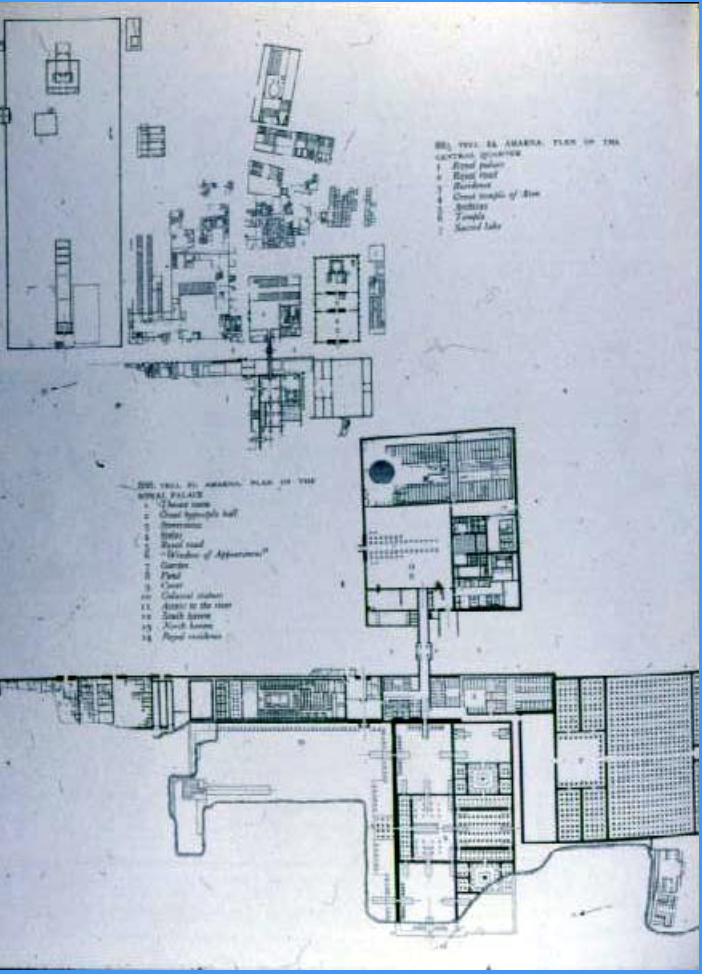
Akhetaten (Tell el-Amarna), plan of central city
Dynasty XVIII, ca 1340 BC
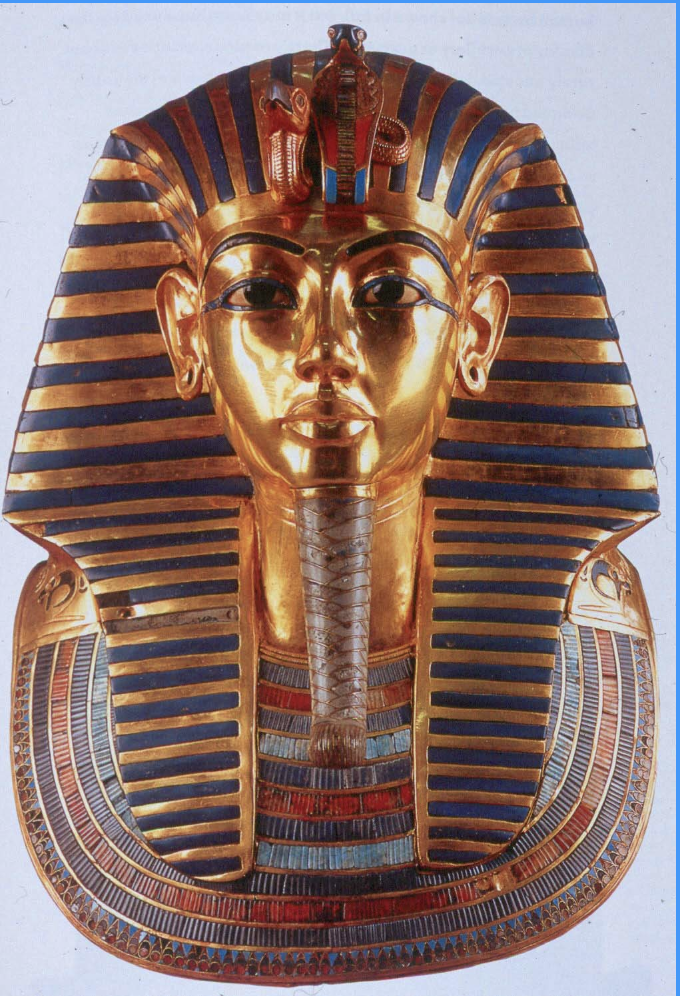
Gold funerary mask of Tutankhamen, from his tomb in the Valley of the Kings, Thebes.
Dynasty XVIII, ca 1325 BC
Adorned with lapis, glass, faience, and semiprecious stones.
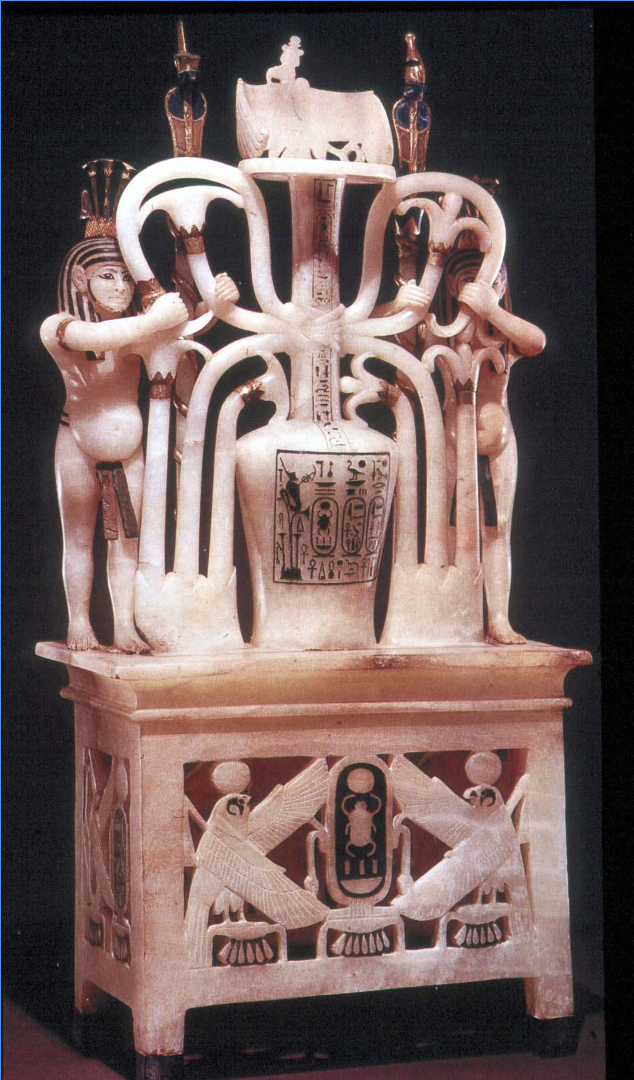
Alabaster perfume vase from the tomb of Tutankhamen
Dynasty XVIII, ca 1325 BC.